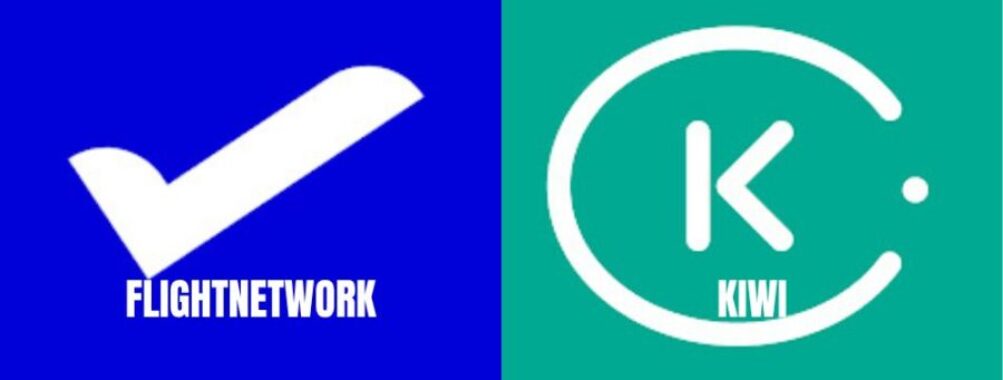
FlightNetwork vs Kiwi: Which Budget Flight Search Engine Delivers Better Deals in 2025?
Looking for the best flight search site for your next trip? When you compare FlightNetwork and Kiwi, you’re really weighing two big names that both claim to score you awesome deals.
Both sites offer competitive airfares, but they differ significantly in how they handle bookings and customer service. Many travelers use FlightNetwork for standard routes, while Kiwi gets creative and finds connections that most search engines just don’t show.
I’ve tried both. Kiwi builds some wild multi-city itineraries, but you’re on your own if you cut it close with connections.
FlightNetwork usually sticks to traditional bookings, and sometimes their prices are way lower than the airlines. One guy on Reddit said he saved $1,500 compared to booking direct!
Table of Contents
- Key Takeaways
- FlightNetwork vs Kiwi: Key Differences
- Business Model Comparison
- How Each Platform Sources Flights
- Unique Selling Points
- User Experience and Booking Process
- Website and Mobile App Usability
- Search Flexibility and Filtering Options
- Multi-Airline and Multi-City Itineraries
- Payment Methods and Security
- Accepted Payment Options
- Payment Security and Data Protection
- Comparing Pricing and Hidden Fees
- Ticket Price Transparency
- Service Charges and Add-Ons
- Customer Support and After-Sales Service
- Changing or Canceling Bookings
- Responsiveness and Support Channels
- Partner Airlines and Flight Availability
- Major Airline Partnerships
- Regional and Budget Carrier Access
- Loyalty, Rewards, and Travel Perks
- Frequent Flyer Program Integration
- Exclusive Discounts and Member Benefits
- User Reviews, Reputation, and Trustworthiness
- Customer Feedback Analysis
- Awards and Industry Recognition
- Alternatives to FlightNetwork and Kiwi
- Overview of Competing Platforms
- When to Choose an Alternative
- Frequently Asked Questions
- How does FlightNetwork’s customer service compare to Kiwi’s?
- What are the differences in booking guarantees between FlightNetwork and Kiwi?
- What should travelers be aware of when booking multi-city flights with Kiwi or FlightNetwork?
- Can users expect better flight deals from FlightNetwork or Kiwi, and why?
- How do FlightNetwork and Kiwi handle flight cancellations and changes?
- What advantages do Flightnetwork and Kiwi offer over traditional booking sites like Skyscanner and Google Flights?
- Book Your Dream Experience
- More Travel Guides
Key Takeaways
- FlightNetwork often undercuts airline websites, while Kiwi specializes in creative multi-city connections.
- Both sites are legit, but they offer different levels of protection if your travel plans change.
- Customer service quality really varies, and some users have a tough time getting help.
FlightNetwork vs Kiwi: Key Differences
You’ll probably run into both FlightNetwork and Kiwi when you’re hunting for flights. They’re both popular, but their approaches and what they actually offer travelers are pretty different.
Business Model Comparison
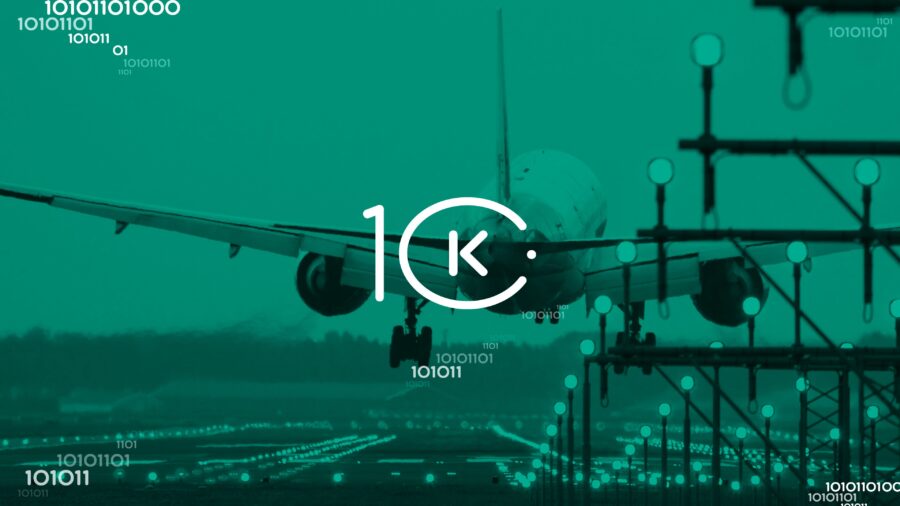
FlightNetwork’s a traditional online travel agency. They work straight with airlines to sell tickets and earn commissions. Their focus is on customer service, and they throw in perks like price drop protection—if your flight price drops after booking, you get credit.
Kiwi does things differently. They lean into “virtual interlining“—connecting flights from airlines that don’t even partner up. That opens up weird, sometimes cheaper routes.
Sometimes Kiwi acts as a middle-man, not just a platform. They’ll buy tickets for you and resell them, which changes how refunds and changes play out.
How Each Platform Sources Flights
FlightNetwork pulls flights directly from airlines and global distribution systems. It’s the same approach as other old-school OTAs like Gotogate or MyTrip.
You usually get options from major carriers and official partnerships. Their inventory is reliable, but it can feel limited to the more typical routes.
The prices you see usually match what the airline shows, or maybe just a bit higher.
Kiwi’s got a wider net. They dig across airlines that don’t connect and build custom itineraries. It’s a bit like Skyscanner, but Kiwi actually handles the booking for those “impossible” connections.
You might find routes on Kiwi that just don’t show up anywhere else, especially for international or multi-city adventures.
Unique Selling Points
FlightNetwork’s big thing is price drop protection. If your flight gets cheaper after you book, they’ll give you credit for future trips. They’ve built a name for customer service, though the reviews are a bit mixed lately.
Booking with them is pretty straightforward, which is great if you want less hassle.
Kiwi’s all about unique route-building tech and their guarantee protection. Their “Kiwi Guarantee” gives you some backup if you miss a connection on their self-connected flights—a safety net you just don’t get booking separate tickets yourself.
They’re good at finding money-saving routes that others miss. But honestly, some travelers just use Kiwi to find cool itineraries and then book direct with airlines for easier changes and cancellations.
User Experience and Booking Process
When you’re comparing FlightNetwork and Kiwi.com, the booking experience can really make or break it. Both have their own style, and they handle complex itineraries pretty differently.
Website and Mobile App Usability
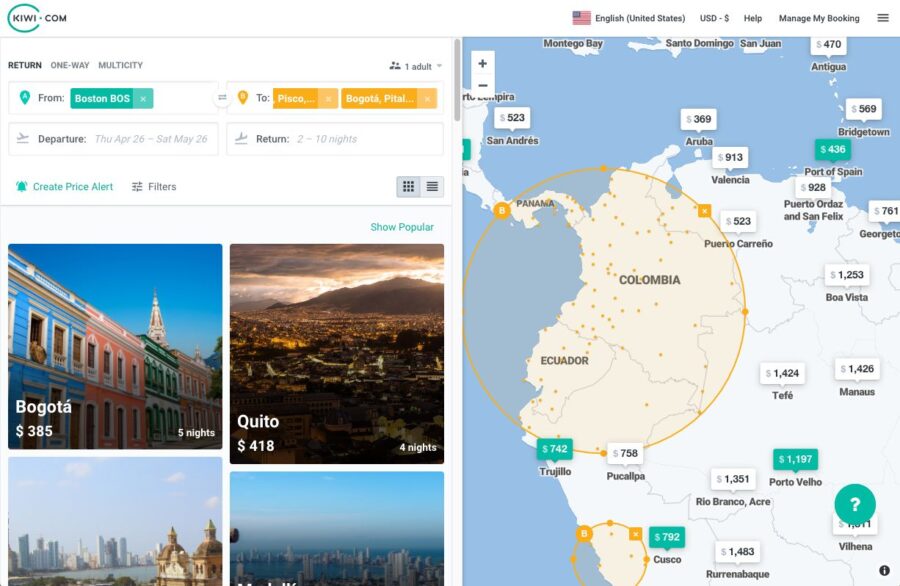
FlightNetwork’s interface is clean and simple. Their site loads fast, and you don’t get bombarded with a million pop-ups. The mobile app is basically the same, though it can lag a bit if you’re searching multiple destinations.
Kiwi.com feels more visual, with an interactive map that’s awesome if you’re flexible about where you want to go. The site can get cluttered, but if you know what you’re doing, all that info can help.
Both take major credit cards, but Kiwi.com has Google Pay and Apple Pay, which FlightNetwork hasn’t fully rolled out yet. If you use digital wallets, Kiwi’s checkout is a bit smoother.
Honestly, neither is perfect—FlightNetwork can feel a little old-school, and Kiwi sometimes overwhelms you.
Search Flexibility and Filtering Options
Kiwi.com really stands out for search flexibility. The “Nomad” feature makes building multi-city trips super easy, and their date range search is a lifesaver if you’re not locked into specific days.
You can search by:
- Exact dates
- Date ranges (±3 days, ±7 days)
- Whole months
- Custom trip durations
FlightNetwork sticks to more basic filtering. It’s reliable for:
- Flight duration
- Number of stops
- Departure/arrival times
- Airlines
Kiwi.com just finds more creative (sometimes weird) routing options. It can save you money, but it might also mean more complicated travel.
Multi-Airline and Multi-City Itineraries

Here’s where things really split. Kiwi.com specializes in “self-transfer” bookings, mixing flights from airlines that don’t work together at all. You can save big, but it’s risky.
You’re basically booking separate tickets that Kiwi bundles for you. If your first flight is late, the next airline won’t help you out.
FlightNetwork sticks with more traditional codeshare agreements. You won’t get as many wild combinations, but it’s usually more reliable for complicated trips.
Both do multi-city bookings, but Kiwi.com lets you get creative with their radius search. You can toss in airports you’d never think to check.
Payment Methods and Security
Both FlightNetwork and Kiwi let you pay in a bunch of ways, and they try to keep your info safe. How they handle payments can actually matter a lot when you’re booking travel.
Accepted Payment Options
FlightNetwork gives you more choices. You can use all the big credit cards—Visa, Mastercard, American Express. They even take Flight Centre Mastercards, which is handy if you’ve got those travel rewards.
They support Google Pay and Apple Pay, so checkout is quick if you’re into digital wallets.
Kiwi.com is a bit more limited. They’ll take major credit cards, but not as many digital payment options. Google Pay isn’t available everywhere, which is a pain if that’s your go-to.
Some folks say Kiwi sometimes charges in euros no matter where you are, so you might get dinged with currency conversion fees.
Payment Security and Data Protection
FlightNetwork uses standard encryption for transactions. They’re PCI DSS compliant, so they follow those strict credit card security rules. Your info’s stored securely, and they’re pretty clear about their privacy policy.
Kiwi.com is usually safe for payments. They use secure payment methods, but some users have run into refund and customer service headaches.
Both sites will store your payment details if you make an account, but you can opt out. Personally, I’d always use a credit card over a debit card with either—credit cards just give you better protection if something goes sideways.
Comparing Pricing and Hidden Fees
If you want the best deal, you’ve got to look past the sticker price. FlightNetwork and Kiwi.com have their own pricing strategies and fee structures, and those can really change what you end up paying.
Ticket Price Transparency
Kiwi.com sometimes shows prices way lower than anyone else—like, up to 75% less. These deals are possible because Kiwi uses tricks like self-transfer flights (where you connect yourself). But watch out! Some users run into “phantom flights” that vanish when you try to book.
FlightNetwork is more upfront. The prices you see usually match what you’ll pay at checkout. Their results are close to what you’d find on airline sites, with just a small markup.
You won’t find those crazy Kiwi deals here, but you also get more of the essentials included.
Service Charges and Add-Ons
Here’s where things get real. Kiwi.com is infamous for extra fees. They might tack on $80 in transaction fees and $100 per checked bag—even if the airline gives you a bag for free! Their “Kiwi Guarantee” costs extra, but it might be worth it considering how they book flights.
FlightNetwork’s fees are usually baked into the price you see, so you get fewer surprises at checkout.
Both will charge for seat selection and changes, but Kiwi’s fees tend to be steeper. FlightNetwork sticks closer to airline baggage policies, so you’re less likely to get hit with random charges.
Customer Support and After-Sales Service
When you book flights through third-party sites, customer support can make or break your travel experience. FlightNetwork and Kiwi.com handle customer issues differently, and the level of help you get can really depend on your luck.
Changing or Canceling Bookings
FlightNetwork’s change and cancellation policies depend on the airline, but they’ll usually tack on their own fee. Change fees run from $25-50 per person, plus whatever the airline charges.
I tried to change a flight last summer and ended up waiting almost an hour on hold. Once I got through, the agent was helpful, but the process felt like pulling teeth.
Kiwi.com makes changes tough unless you pay for their premium flexibility. Their fine print has all sorts of loopholes, and a lot of people feel stuck when plans change.
Responsiveness and Support Channels

FlightNetwork offers phone, email, and chat support, but honestly, the wait can be brutal. During busy times, 30+ minute hold times are pretty normal.
Emails take a day or two to get answered. The agents usually know their stuff, but the waiting can drive you nuts.
Kiwi.com is even trickier. Once your trip starts, you often get bounced to the airlines for help, not Kiwi.
A lot of users complain about totally unresponsive support—emails go unanswered, phones get disconnected. The chat sometimes works better, but don’t expect a miracle if your issue is complicated.
Partner Airlines and Flight Availability
FlightNetwork and Kiwi both open the door to a ton of airlines, but they work with partners in different ways. Who they partner with affects what flights you see and, honestly, how easy your trip is.
Major Airline Partnerships
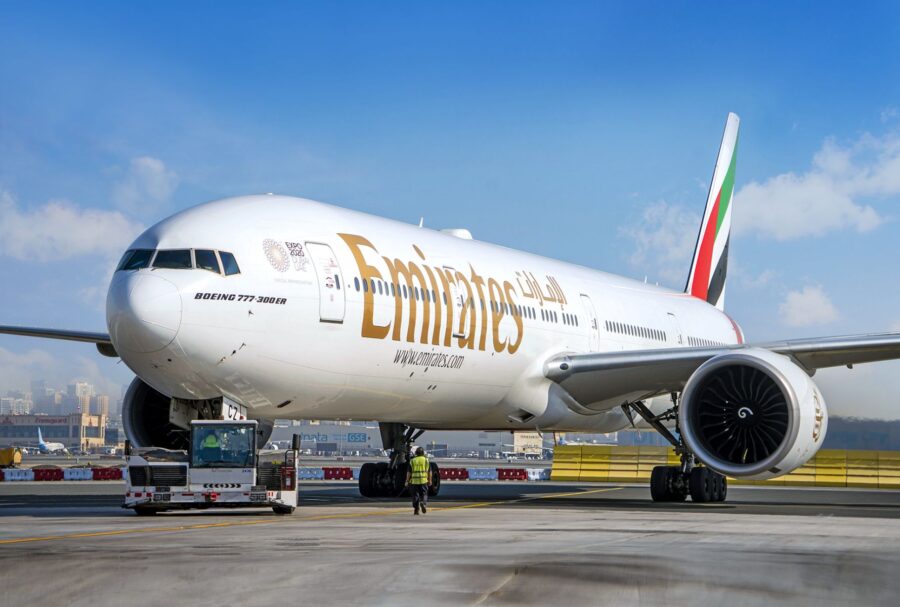
FlightNetwork has solid partnerships with big international names like Emirates and Qatar Airways. That means you can book premium flights when you want reliability for long-haul trips. They also work with Air New Zealand, which is perfect for South Pacific getaways.
Kiwi started off as a budget flight specialist, but they’ve added a bunch of big carriers to their search results. They’re especially strong with European airlines.
Kiwi’s real trick is their “virtual interlining” tech. They’ll mix and match airlines that don’t officially work together, so you might find routes that just don’t pop up on other booking sites.
Regional and Budget Carrier Access
Kiwi really stands out with budget and regional carriers. They actually started as Skypicker, focusing almost entirely on these smaller airlines, and you can still see that DNA in how they operate.
You’ll often stumble on obscure regional flights here—routes that just never show up on the big-name booking sites.
FlightNetwork does a pretty good job with North American regional carriers, but their European budget airline selection isn’t nearly as broad as Kiwi’s.
Both use metasearch engines like Skyscanner, so there’s a lot of overlap in flight options. Still, Kiwi sometimes sneaks in smaller carriers that GoToGate and other competitors just don’t have.
If you’re planning a trip to a remote spot or somewhere major airlines rarely touch, Kiwi usually serves up more creative routes using lesser-known airlines.
This can really save the day if you’re venturing off the beaten path.
Loyalty, Rewards, and Travel Perks
FlightNetwork and Kiwi don’t approach loyalty and travel benefits the same way. Depending on what you value, their programs can make a noticeable difference in your travel savings and overall experience.
Frequent Flyer Program Integration
FlightNetwork makes it easy to earn miles with most major airline loyalty programs. When you book through them, you can still collect points with programs like Air Canada’s Aeroplan or British Airways’ Executive Club.
Kiwi, on the other hand, doesn’t integrate as smoothly with frequent flyer programs. They often piece together flights from different airlines—what they call “virtual interlining”—so you might not always earn miles on those self-transfer journeys.
Some Kiwi bookings still qualify for miles, but you have to check each reservation to be sure. Usually, the platform will mark which flights let you earn frequent flyer points.
Exclusive Discounts and Member Benefits
FlightNetwork’s loyalty program includes a Flight Centre Mastercard, which comes with travel insurance and bonus points on travel purchases. They also send out exclusive sales and promos via their email newsletters.
Kiwi does things a bit differently. Their Guarantee program gives you protection against missed connections on self-transfer trips. That’s a pretty big deal if you’re booking complex, multi-airline journeys that wouldn’t normally be covered.
They’ve also teamed up with American Express for some offers and occasionally run flash sales for members. If you’re using their mobile app, you might get access to deals you won’t see on the website.
Neither platform offers a classic points-based system like hotels do. So, your choice might come down to whether you care more about direct airline miles or Kiwi’s unique guarantees.
User Reviews, Reputation, and Trustworthiness
When you look at user feedback, the differences between FlightNetwork and Kiwi.com become pretty obvious. Both have carved out distinct reputations in the online travel world.
Customer Feedback Analysis
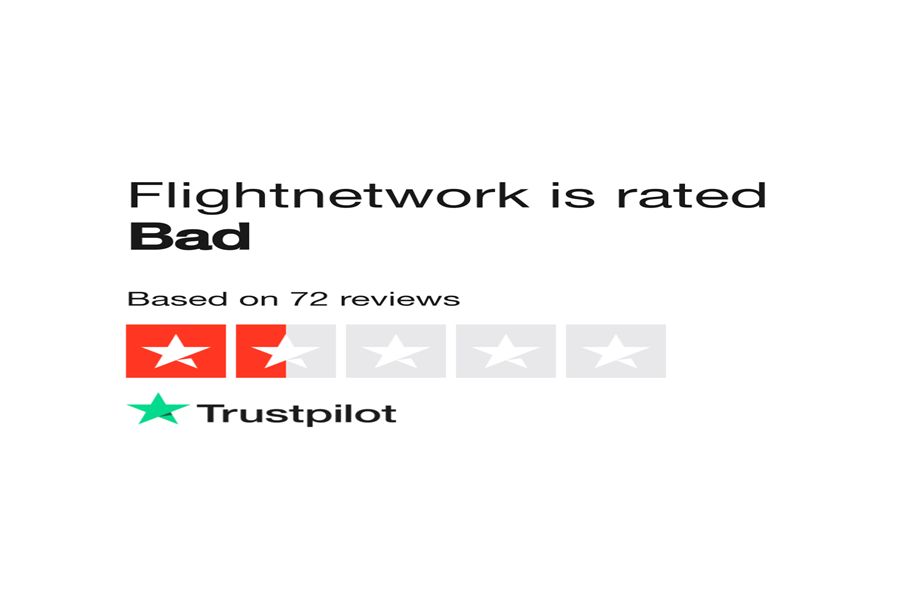
Kiwi.com gets mixed reviews. Lots of travelers like how easy the site is to use and mention good prices. On Trustpilot, people talk about finding “great flight options” and a “smooth” booking process.
But problems start if you need customer support after buying your ticket. Someone on Reddit summed it up: “Kiwi is bad whenever you need anything else besides buying a ticket.”
FlightNetwork’s feedback is a bit more worrying. Some customers say they advertise “false prices” and make refunds tough. There’s even a Quora user who flat-out calls them “cheats” who “take your money hostage.”
Things really diverge when issues pop up. Kiwi.com usually holds onto slightly better ratings on review sites, but neither company is immune to unhappy customers.
Awards and Industry Recognition
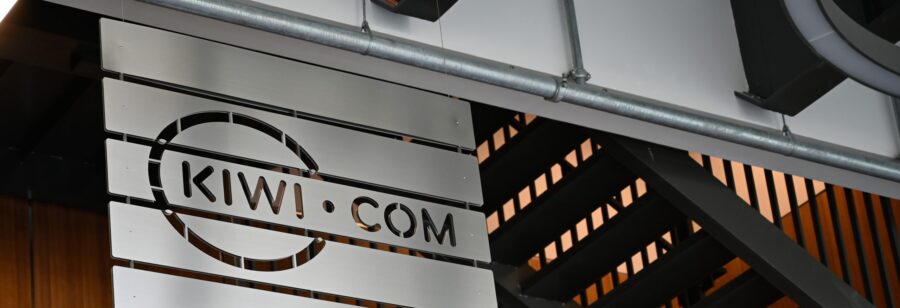
Kiwi.com has picked up more industry recognition lately. Flight comparison sites like Skyscanner have highlighted them, and users say “the fares they’re quoted match what they end up paying.” That kind of consistency helps build trust.
FlightNetwork talks up their use of “the power of technology” for easier booking, but honestly, they don’t have as many notable awards or industry shout-outs.
On third-party review sites and in the travel press, Kiwi.com comes across as more transparent. Jack’s Flight Club, a respected flight deals service, points out that Kiwi.com’s prices are usually accurate and extra fees are clearly disclosed.
Alternatives to FlightNetwork and Kiwi
Sure, FlightNetwork and Kiwi have their perks, but sometimes another platform just fits better. There are plenty of alternatives with different features, pricing, and customer service quirks that might save you money or a headache.
Overview of Competing Platforms

Skyscanner is a crowd favorite for flight searches. Unlike FlightNetwork, it doesn’t actually sell tickets—it just compares prices across hundreds of airlines and sites. Personally, I find their app super handy for last-minute bookings.
GotoGate works a lot like Kiwi and sometimes has better deals for international flights. Their customer service has gotten better lately, though they still don’t top the charts in satisfaction.
MyTrip’s interface is clean, and they occasionally offer exclusive deals you won’t see elsewhere. They’re especially good for package bookings—flights plus hotels.
Google Flights is worth mentioning for its powerful search tools and price prediction features. They send you straight to the airline to book, so you skip those annoying middle-man fees.
Expedia stays popular thanks to their rewards program and discounts when you bundle travel stuff together.
When to Choose an Alternative
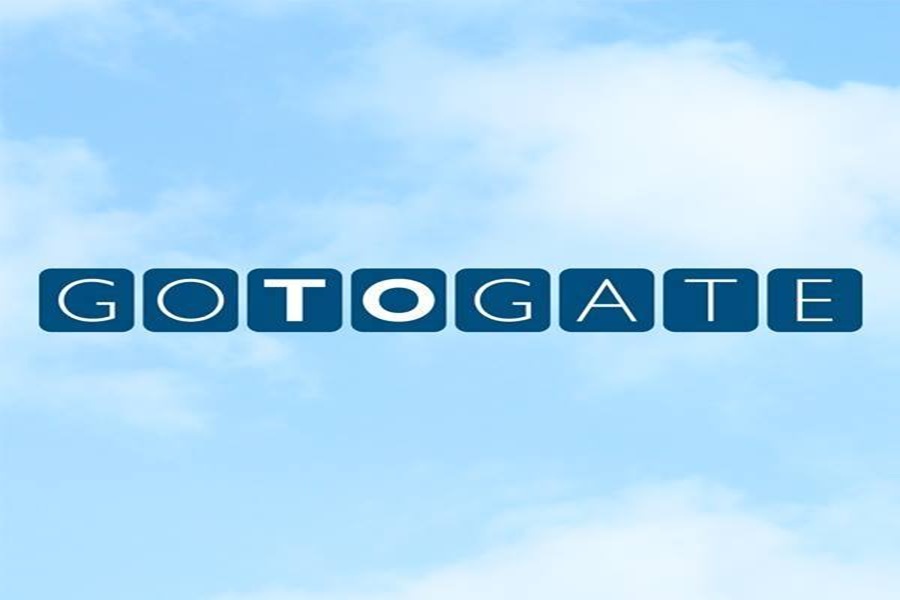
Go with Skyscanner if you want a broad price comparison and don’t want to commit to a specific booking site. Their “everywhere” search is a lifesaver if you’re flexible on destination but tight on cash.
GotoGate can be a better bet for international routes, especially if FlightNetwork and Kiwi aren’t showing much for smaller European airports. Sometimes their currency conversion rates work out in your favor too.
MyTrip shines when you’re planning complete vacations rather than just flights. Their packages often toss in extras like airport transfers—something Kiwi doesn’t really do.
Booking directly with airlines? That’s the way to go if you want flexibility for changes or cancellations, you’re collecting miles or elite status, or you just want better customer service if things go south.
Most third-party sites tack on service fees that airlines skip. For simple, straight-line trips, airline websites usually win for value and peace of mind.
Frequently Asked Questions
Travelers always have questions about how these platforms stack up. Here’s a quick rundown of what people ask most about FlightNetwork and Kiwi.com.
How does FlightNetwork’s customer service compare to Kiwi’s?
FlightNetwork’s customer service feels more responsive. They run 24/7 support through phone, email, and chat.
Kiwi’s customer service? Reviews are all over the place. Lots of folks mention long waits and trouble reaching anyone, especially if you’re in the middle of a travel mess. That’s not great when you’re stuck at an airport and need help fast.
If customer support is high on your list (and honestly, it should be), FlightNetwork probably gives you more peace of mind.
What are the differences in booking guarantees between FlightNetwork and Kiwi?
FlightNetwork gives you standard protection, just like most traditional booking sites. Their guarantees cover airline cancellations and big schedule changes.
Kiwi’s “Kiwi.com Guarantee” is extra—you have to pay for it. It covers missed connections on self-transfer flights. Without it, you’re on your own if something goes sideways with your itinerary.
So, Kiwi’s basic bookings come with almost no protection unless you pony up for their additional guarantee.
What should travelers be aware of when booking multi-city flights with Kiwi or FlightNetwork?
With Kiwi, watch out for “virtual interlining” or self-transfer flights. They mix airlines that don’t normally work together, so you’ll need to collect and recheck your bags and possibly switch terminals—or even airports.
If your first flight is late, you could miss your connection, and the next airline won’t help. Kiwi’s guarantee gives you some backup, but only if you paid for it.
FlightNetwork usually sticks to more traditional itineraries with partner airlines. That means smoother connections and better support if something goes wrong.
Can users expect better flight deals from FlightNetwork or Kiwi, and why?
Kiwi often shows cheaper prices thanks to their virtual interlining. By mixing airlines that don’t usually team up, they can build routes that cost less than standard bookings.
But there’s a trade-off: you might save $100, but you could also face headaches if a connection falls apart.
FlightNetwork usually sticks to standard airline partnerships. Their prices are competitive, but sometimes a bit higher, with more reliable itineraries and better protection.
How do FlightNetwork and Kiwi handle flight cancellations and changes?
FlightNetwork follows the usual process for cancellations. If the airline cancels, they’ll help you rebook or process a refund based on the airline’s policy.
Kiwi’s process depends on whether you bought their guarantee. Without it, you’ll probably have to deal with the airlines yourself—which can be a pain with self-transfer flights.
A lot of users say getting refunds from Kiwi is tough, and sometimes they’ll offer you a voucher instead of actual money back.
What advantages do Flightnetwork and Kiwi offer over traditional booking sites like Skyscanner and Google Flights?
Skyscanner and Google Flights mostly work as search engines. In contrast, Flightnetwork and Kiwi let you book flights directly, so you don’t have to bounce between sites.
Kiwi stands out for its knack for piecing together quirky routes you probably wouldn’t find elsewhere. Their virtual interlining digs up creative and sometimes cheaper itineraries that typical search engines just don’t catch.
Flightnetwork tends to snag solid prices while still working closely with major airlines. That blend of deals and reliability? That’s really what sets them apart from the usual search platforms.



